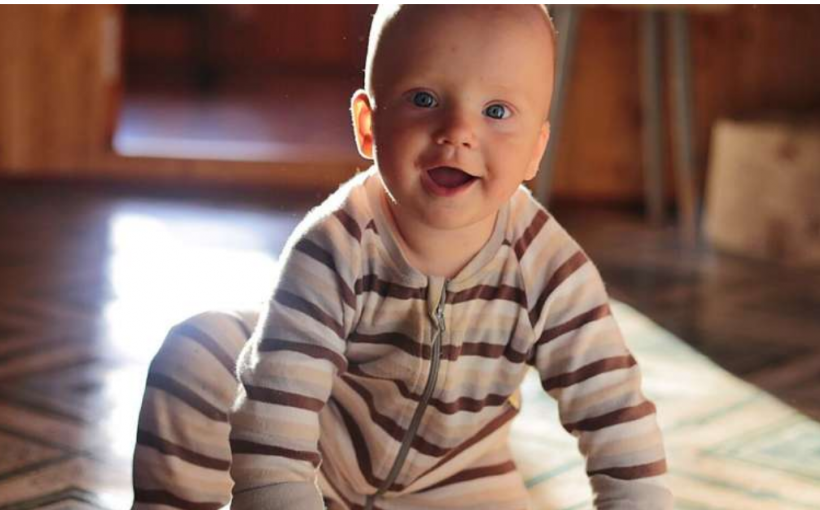Infants from rural families tend to display negative emotions such as anger and frustration more frequently than their urban counterparts, according to a recent study in the Journal of Community Psychology.
Babies born in big cities, on the other hand, typically are less fussy and not as bothered by limits set by their caregivers.
The study, led by Washington State University psychologist Maria Gartstein and WSU graduate student Alyssa Neumann, examines differences in infant temperament, parent-child interactions and parenting stress between families of similar socioeconomic and racial composition in the Inland Northwest and the San Francisco Bay Area.
The researchers found urban moms tend to be better at picking up on when their babies wanted or needed something, or were ready to be done with play, and responding accordingly. This in turn could have led to their infants generally being calmer and less easily upset.
Rural moms reported more frequent expressions of negative emotions from their infants, particularly when they were distressed due to limitations.
The results of Gartstein and Neumann’s work in many ways reflect the findings of previous research investigating differences in child-rearing practices between urban and rural families. However, unlike past studies, which have looked at the effects of living in an urban vs. rural environment on older children, Gartstein and Neumann’s analysis specifically focuses on infants.
“I was shocked, quite frankly, at how little there was in the literature on the effects of raising an infant in a rural vs. urban environment,” Gartstein said. “The fact that rural mothers in our study reported more frequent expressions of anger and frustration from their infants may be consequential as higher levels of frustration in infancy can increase risk for later attentional, emotional, social and behavioral problems.”
Gartstein said the next step in the research will be to try to pinpoint exactly what it is about living in a rural vs. urban context that causes the differences in temperament between the two groups.
“For example, access to mental and behavioral health services and child rearing resources tend to be limited in more rurally situated communities,” she said. “Figuring out what role, if any, these and other locational variables play in an infant’s social emotional development will be the next step in our research.”
For the study, Gartstein, Neumann, and colleagues at the University of Louisville School of Medicine and the Seattle Clinic analyzed and compared data from two previously conducted studies of mother-child interactions and infant temperament.
The first study consisted of 68 participants and their infants in the San Francisco Bay Area, and the second consisted of 120 rural mothers and their infants from Whitman and Latah counties in the Inland Northwest of the United States.
Mothers used a questionnaire to record the frequency of 191 different behaviors their child displayed at six and 12 months after birth. The researchers then analyzed babies along 14 different dimensions that ranged from cuddliness to vocal reactivity.
Parent-child interactions, where mothers were instructed to engage their infants in play in a typical fashion, were also video-recorded in the laboratory for analysis.
Gartstein said one of the more surprising findings from the study was that contrary to predictions, her team found no statistically significant differences in levels of parenting stress between urban and rural caregivers.
“This may be a result of different, but functionally equivalent, risk factors,” Gartstein said. “Whereas living in a big city generally brings more exposure or proximity to violent crime, isolation can also cause a great deal of stress for rural parents. This research opens up a lot of very interesting future avenues of investigation.”
Gartstein’s infant temperament research will also be featured in an episode of the Netflix documentary “Babies” this summer.
Washington State University


